Living in an urban environment often means limited space, but that doesn’t mean you have to sacrifice having a lush, productive garden. With a bit of creativity and smart planning, you can maximize your small garden space and enjoy a vibrant, green oasis. Here are some tips for urban gardeners to make the most out of their compact spaces.
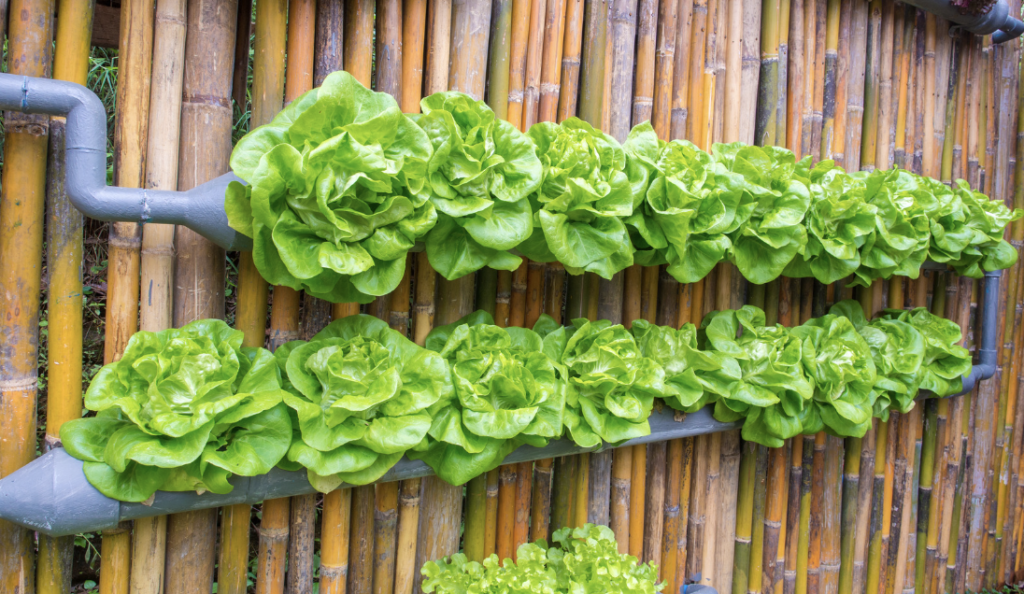
1. Vertical Gardening
Vertical gardening is one of the most effective ways to utilize limited space. By growing plants upwards rather than outwards, you can significantly increase your planting area. Here are some ideas to get you started:
Trellises and Arbors: Support climbing plants like beans, peas, tomatoes, and cucumbers.
Vertical Planters: Use wall-mounted planters, hanging baskets, or stackable pots for herbs, flowers, and small vegetables.
Living Walls: Create a green wall using modular systems or DIY with pallets and fabric pockets.
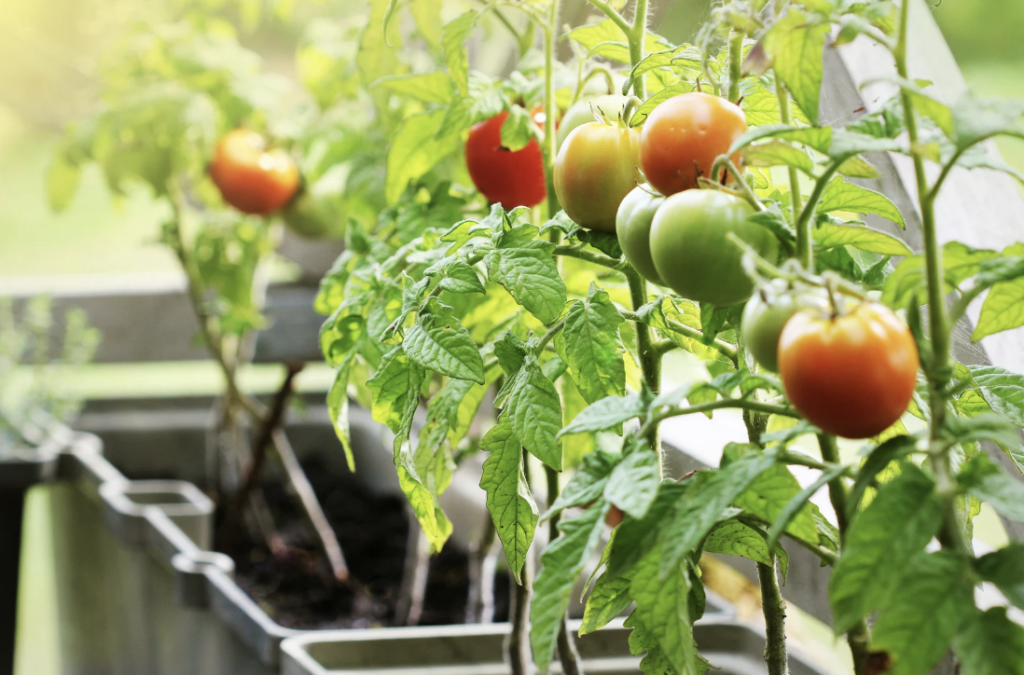
2. Container Gardening
Containers offer great flexibility for urban gardeners. You can place pots on balconies, rooftops, or even windowsills. Here’s how to make the most of container gardening:
Choose the Right Containers: Opt for pots that are large enough for your plants’ root systems. Consider self-watering containers to reduce maintenance.
Use Quality Soil: Fill your containers with high-quality potting mix to ensure good drainage and nutrient availability.
Plant Selection: Grow compact or dwarf varieties that are well-suited for containers, such as cherry tomatoes, lettuce, radishes, and herbs.

3. Square Foot Gardening
Square foot gardening is a method that divides your growing area into small, manageable sections, typically 1-foot squares. This technique maximizes space efficiency and makes gardening more organized. Here’s how to start:
Build Raised Beds: Create raised beds that are easy to access from all sides.
Grid Layout: Use a physical grid to divide the soil into squares. Plant different crops in each square based on their spacing requirements.
Succession Planting: Plan for successive planting to ensure continuous harvest throughout the growing season.
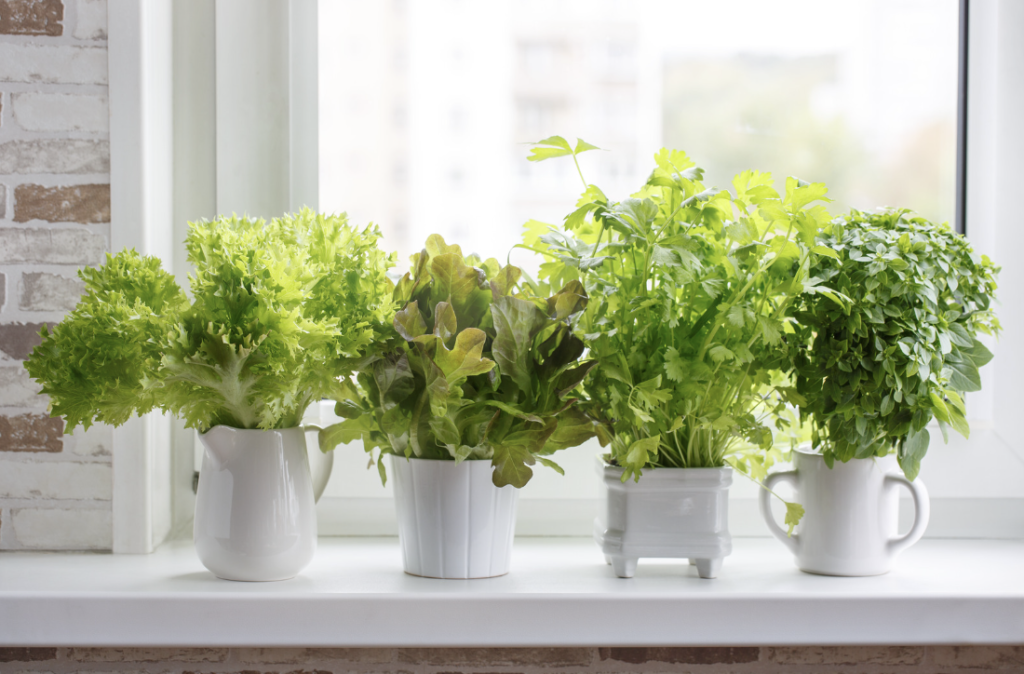
4. Utilize Every Inch
In a small garden, every inch counts. Be resourceful and think about all possible planting areas:
Windowsills and Ledges: Grow herbs and small flowers in window boxes.
Railings and Balconies: Use railing planters for trailing plants or flowers.
Staircases and Steps: Place pots on each step to create a tiered garden.
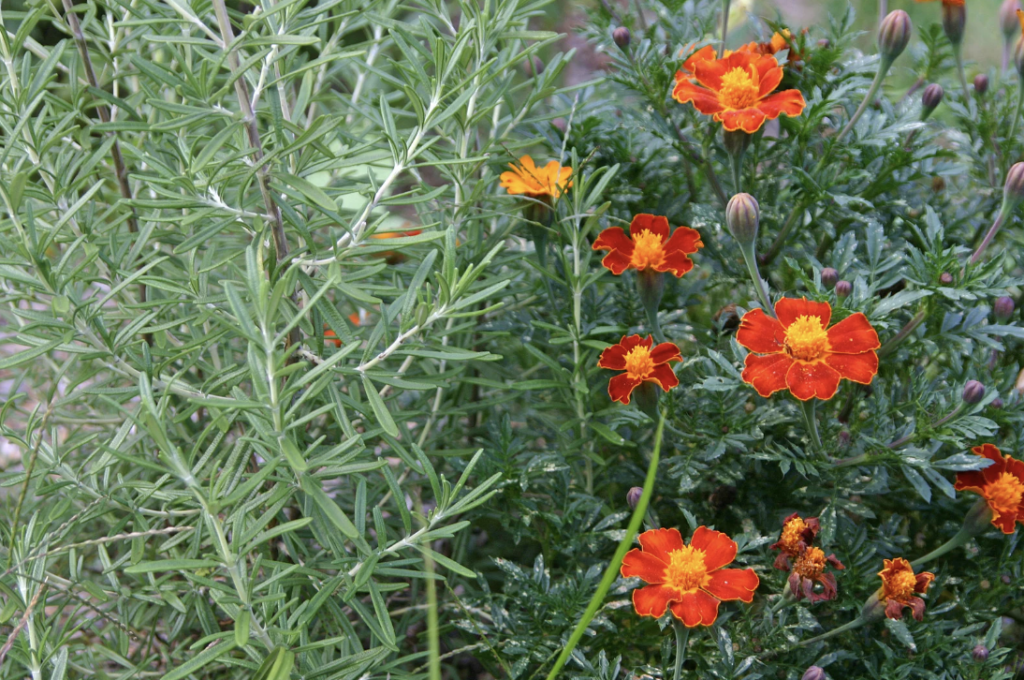
5. Companion Planting
Companion planting involves growing plants together that benefit each other. This method can help you make the most of limited space while promoting plant health and reducing pests. Examples include:
Tomatoes and Basil: Basil can improve the flavor of tomatoes and repel pests.
Carrots and Onions: Onions can deter carrot flies, and their different root structures allow them to grow well together.
Radishes and Cucumbers: Radishes mature quickly and can be harvested before cucumbers need more space.
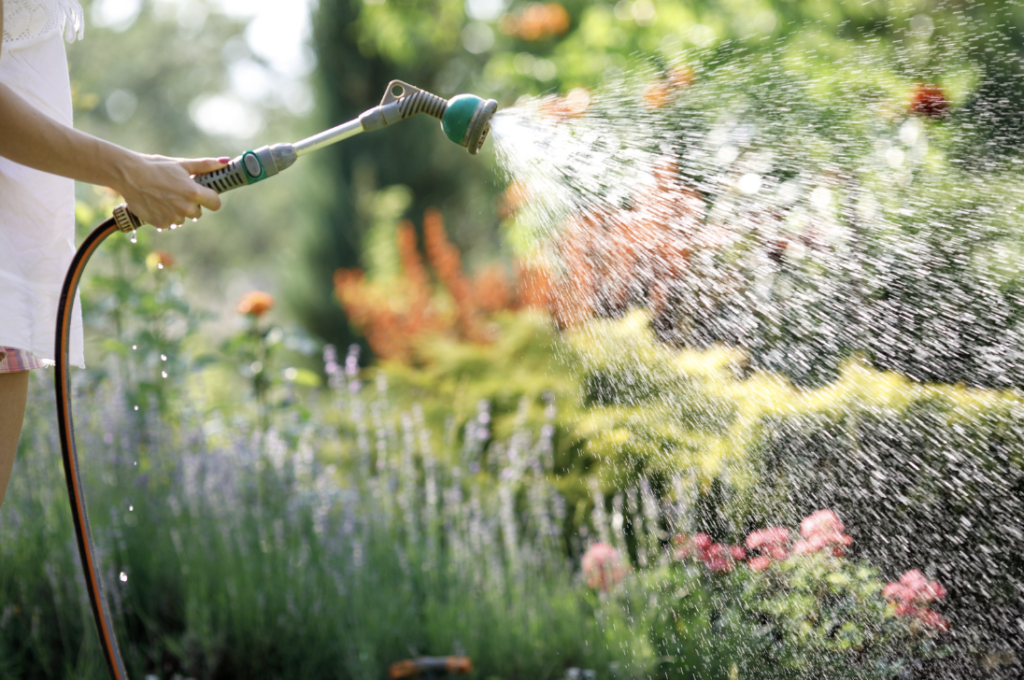
6. Efficient Watering
Efficient watering is crucial in small gardens, where overwatering or underwatering can be a common issue. Here are some tips:
Drip Irrigation: Install a drip irrigation system to deliver water directly to the roots, reducing waste and ensuring consistent moisture.
Watering Schedule: Water in the early morning or late evening to minimize evaporation.
Mulching: Apply mulch to retain soil moisture and reduce the need for frequent watering.
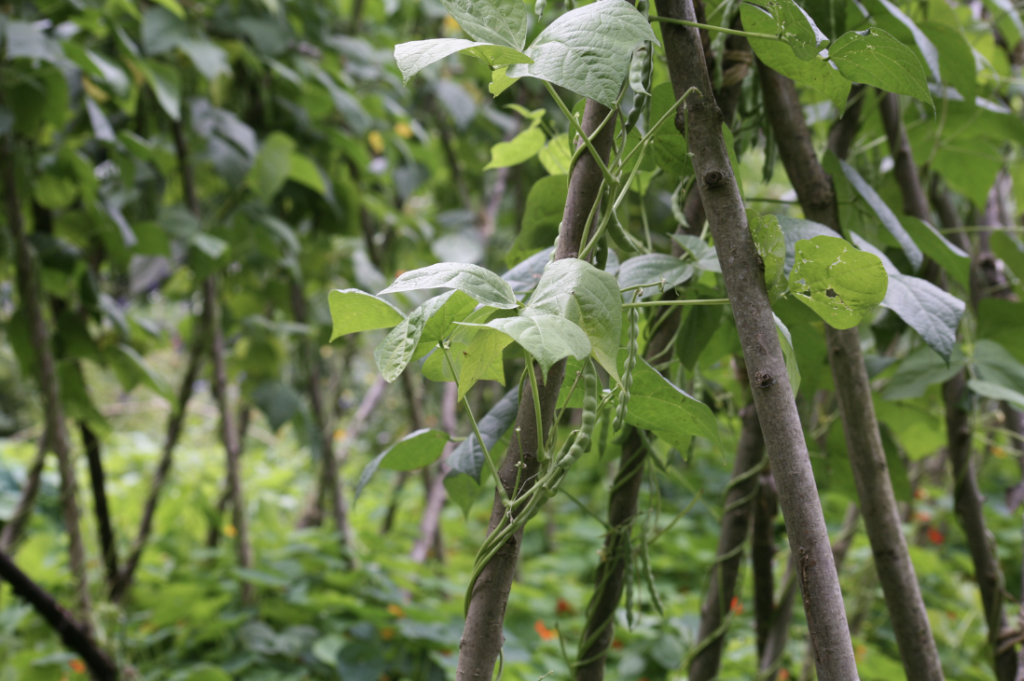
7. Grow Up, Not Out
In addition to vertical gardening, consider growing plants that have a naturally upright growth habit. Here are some examples:
Pole Beans: Grow upwards and save space compared to bush beans.
Indeterminate Tomatoes: These varieties keep growing taller and produce fruit over a longer period.
Climbing Zucchini: Train zucchini to grow up a trellis to save ground space.
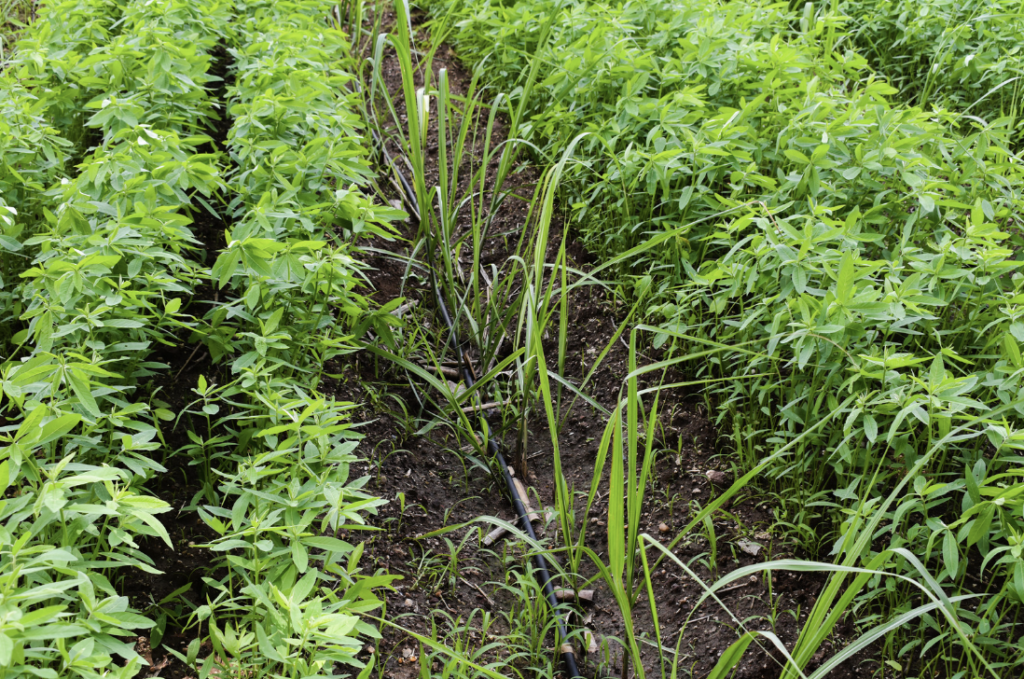
8. Rotate Crops and Use Succession Planting
Maximize your harvest by rotating crops and using succession planting techniques:
Crop Rotation: Prevent soil depletion and pest build-up by rotating crops in different areas each season.
Succession Planting: Plant new crops as soon as a space becomes available after harvesting an early crop. This keeps your garden productive throughout the growing season.
Urban gardening in small spaces requires some ingenuity, but with these tips, you can create a thriving garden no matter how limited your area. By utilizing vertical and container gardening, efficient watering, companion planting, and other space-saving techniques, you can enjoy a bountiful garden that maximizes every square inch. Happy gardening!

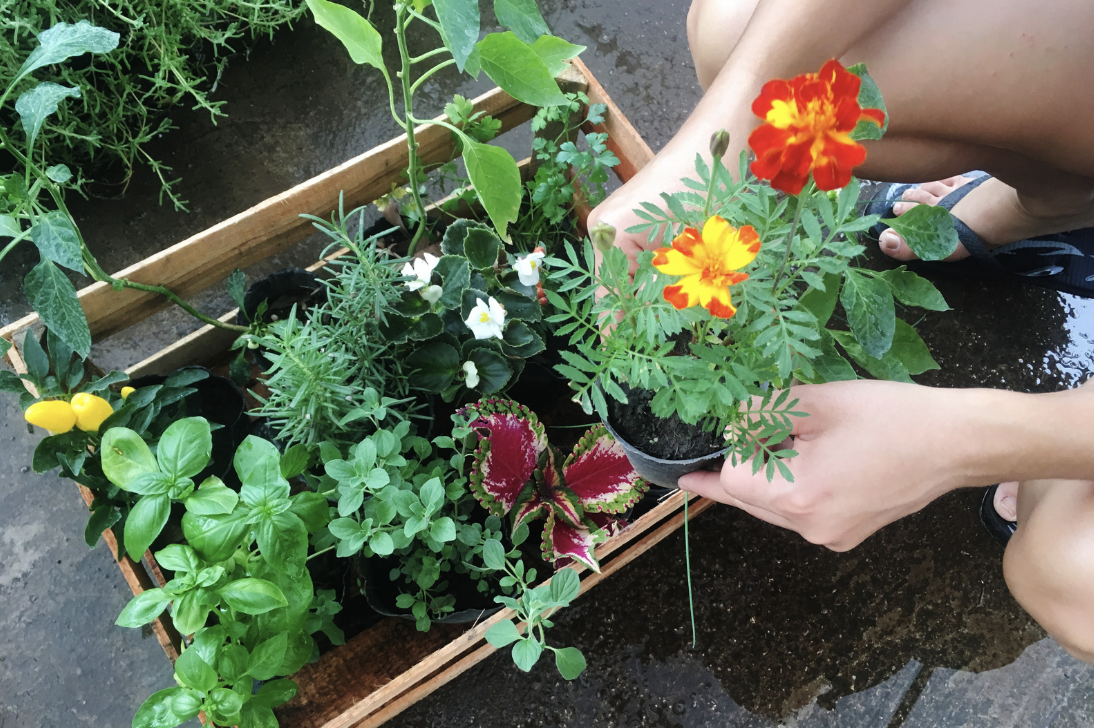
Comments are closed